How To Bid Construction Jobs
Construction Estimating Explained
By Diane Dennis
(Published in "Construction Savvy" at ConstructionWorkZone.com)
Congratulations!
You've got your license and you're ready to bid construction jobs!
How to bid construction jobs? Determine your overhead and profit margins first!
Before you submit a bid (here's a great bid proposal template) on a construction job you must make certain that you have your numbers straight.
Some overhead expenses can be difficult to nail down with accuracy, especially when you're first starting out - some overhead expenses require "experience" if you will, in order to be bid accurately.
By that I mean you'll probably need to actually have some of those expenses a couple times before you can have an accurate average cost to use for your bids.
You'll be in the ballpark for sure but experience will allow you to hone those numbers for absolute efficiency in your numbers.
Overhead expenses will break your business if you figure them too low (or for that fact, too high).
Determining your profit margin is fairly easy because it's as simple as figuring out how much profit you want to make on the job; determining your overhead, on the other hand, can be a bit trickier so we'll cover overhead expenses first and then profit margins and then finally putting it all together showing you how to complete and submit bids on construction projects.
'Overhead Expenses' is what it will cost to run your construction business
Some expense items that might belong in your overhead list:
A construction business will not thrive if overhead is not figured correctly.
- Office and miscellaneous supplies (this does not include materials that are specific to the job)
- Time spent going over plans and doing your takeoffs
- Time spent writing up construction bids for jobs
- Time
spent submitting those bids to all the many DC's/GC's that are bidding
on the project
- or if you're a DC/GC, the time spent soliciting, reviewing, and
accepting bids, and then submitting your bid and all documentation
required by your state (and the feds if
applicable)
- Cell phones and land lines
- Postage (depending on how you handle your preliminary notices, postage can be a significant expense)
- Utilities, etc.
In order to bid construction jobs with any accuracy whatsoever you must have a very good grasp your overhead costs beforehand.
All of those types of expenses, and plenty more, fall under the term 'overhead'
Basically if it's not an expense directly related to the project (e.g. material and/or labor) then it's overhead.
A nice bonus hidden within that'll help you even more... The more construction jobs that you bid and win the higher quantities of material your company will need to purchase which can typically translate into discounts from your supplier - allowing you to be even more competitive in your bids! If a discount isn't offered don't be shy about asking for one. You have money to spend and material you need to purchase. They know your value. There's a super good chance they'll give you a discount to keep you around.
Throughout this article are references to 'reducing your overhead'...
Technically you aren't really reducing your overhead expenses per se because your expenses aren't going down. However as those overhead expenses become spread over more and more employees/jobs it allows you to bid even more competitively.
Because your overhead costs are 'less per job' (because it's divided over several employees/jobs) you can bid a construction job at a lower amount if need be and still profit.
A simpler way to look at it... It costs $100 in electricity every month to run your office. You can do that with one employee (which means that employee's wages have $100 in electricity overhead).
But if you have two employees then you bring in twice the income while the electricity bill remains at $100 (which means that each employees' wages has $50 in electricity overhead).
If you have
four employees you bring in four times the income while the electricity
bill remains at $100 (which means, you got it, each employees' wages has $25 in electricity overhead), and so on.
So it's not really reducing the overhead expenses themselves so much as it's 'reducing the impact of the overhead expenses' on your construction bid prices.
Going on the assumption that you'll be bidding the jobs and for the time being performing the work yourself ...
... you'll first need to decide what the hourly wage is that you'll be paying yourself in order to get an idea of how to calculate the overhead figure.
Tip: Pay yourself at least what you'd pay an employee. You went into business to make money, not to give away your own personal expert labor for free!
See Table One and Table Two to get started on estimating and how to bid construction jobs:
 *Please note that $20 per hour is just a number; in reality (and in a perfect world) you can pay yourself however much you wish per hour.
*Please note that $20 per hour is just a number; in reality (and in a perfect world) you can pay yourself however much you wish per hour.Okay, once you've applied your hourly wage to Table One and come up with the total wages per month in Table Two, then you need to figure out how much it's going to cost your company to pay out that wage, that $3,440.00 per month.
So, using sample expenses on a monthly basis...
Table Three contains expenses that might be part of your overhead and Table Four shows you what the overhead percentage would be:

Make sure you include everything - just one forgotten item could turn your construction job upside down
To arrive at your correct figures, you will need to put your own numbers in place of the examples plus items such as:
- Warehouse rental
- Bookkeeping fees
- Time spent working up estimates and proposals for projects, etc.
Using the examples in Tables Three and Four above, you would have an overhead of approximately 21% of every one of your labor dollars (.21¢ on every dollar).
Having employees allows you to lower your bids on construction jobs and get rid of the drain on your body - eventually...
When hiring an employee to do your field-work (while you stay in the office), you'll want to have as close to 40 hours as possible for your new employee.
Since you're planning on working in the office now - takeoffs, estimating, submitting proposals, handling the massive amounts of paperwork, etc., your wages/draw now become part of the overhead expenses.
Because your employee will be doing the installing, you'll be paying him the labor money that you would have been paying yourself if you had been doing the work yourself. That means that all of a sudden you aren't collecting a paycheck.
But you need money to live too, right? That's why you add your salary to the overhead list, to make sure you bid high enough on each job so that you get paid too, but …
... keep in mind that once you add your salary to the overhead list your overhead percentage will literally skyrocket, which will force you to raise your bids.
Check out Tables Five and Six to see what the overhead percentage rate would be at this point...
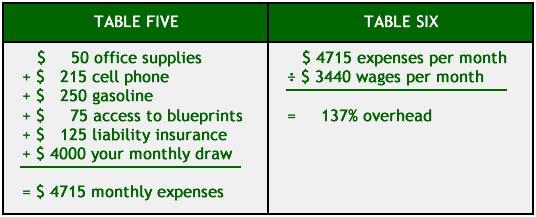
137%!
Well, that's not going to work; you can't bid construction jobs at those numbers, that overhead is astronomical!
Depending on how much you need to in order to live, you could easily price yourself right out of the market and not win a single job bid.
Growing your construction business can be very painful...
I'm not kidding when I say it's painful to grow. I first heard that from a construction attorney; believe me when I say that she was 'spot on'.
But the payoff can be well worth it for those up to the challenge.
In order to keep your one employee busy you have to do the extra field work until there's enough to keep a second employee busy.
Remember when you were "swinging hammers by day and wielding pens by night"?
Time to put down your pen and start swinging your hammer again. You're back to working in the field during the day and then in the office during the evening (don't lose track of that pen).
Eventually you will have enough work for two guys because you'll still be bidding on construction jobs during your evenings in the office all the while out in the field during the day working on jobs that are already on your books.
Once you've got enough work for two guys, hire your second employee and then get to work - bid construction jobs and get more projects on the board.
Let's take a look at Tables Seven and Eight to see what your numbers look like when you've got two employees in the field; both working full time...
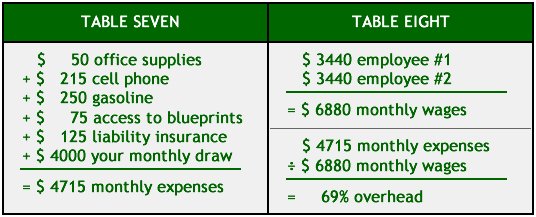
As you can see, hiring two employees makes a huge difference in the overhead percentage. That's because your overhead expenses (which are roughly the same as they were) are now figured on 80 labor hours per week instead of 40.
I’m betting that, unfortunately, you won't win a whole lot of jobs at that lower - yet still too high - overhead percentage.
So now you'll need to keep your two guys working full-time while you work at building the volume of work - submitting construction bids during the evening and taking on the extra hours in the field during the day - until there's 40 hours available for a third employee.
Back in the field again, working the extra hours over 80 until you've bid construction jobs and put more work on the board and eventually have another 40 hours for a third employee.
This will drop your overhead expenses even more, and then a 4th guy, and so on...
Each employee that you add will lessen the impact of your overhead expenses on your business.
And now we get to figure out your profit margin!!
A good starting point would be to attempt to profit $100 per day (unless you know different for your industry).
So, if your project will take three days for you to complete, then you want to add on $300 profit. If your project will take five days, then you want to add on $500 profit.
IMPORTANT!
Don't ever bid a job on a preexisting building without taking a thorough walk-through.
Okay, long sentence, take a deep breath...
If there's something wrong with the work that was done previously and that work falls into your scope, and whatever is wrong with the previous work has to be fixed to allow you to continue your work, and you didn't get it in your bid because you missed it either because you weren't thorough on your walk-through, or you didn't do a walk-through at all, you might find yourself in a bit of a battle over who's going to pay for the cost of those fixes.
Avoid any potential hassles and just do a thorough walk-through whenever possible.
This will be somewhat of a hit and miss until you have been the winning bidder on at least a few projects – which means that $100 per day may not be the appropriate number for your trade.
Your profit percentage is directly related to:
- Your material expenses for the job
- Your labor expenses for the job
- Your overhead (O)
Now, assuming you've
already figured out how much material (M) and labor (L) you need for the job you're
bidding, and you already know the $ amount that you want to profit on the job (PM for Profit Margin), you'll figure your profit percentage (P%) as follows:
PM / (L + M + O) = P%
If the result is 1% profit maybe you might want to think about raising your profit a bit; same goes for should your profit be 500%, maybe you want to start thinking about lowering it?
At some point you may need to consider reducing your $4000 monthly salary/draw.
And to figure out your final bid number...
... L + M + O + PM = your bid for the construction job.
All that just to come up with your bid!
In all honesty it sounds like a lot more work than it really is; it probably took me more time writing it out than it'll actually take you to do it - especially once you have your overhead expenses locked in.
What'll take more time and work, and probably be the most difficult to figure out, will be your overhead simply because you have to think of all the expenses:
- business licenses
- ink for the printer
- cell phones
- the monthly cost of an online plan 'room'
- someone to do your accounting/bookkeeping (taxes if nothing else)
- various paper goods
- postage, and so on
Try to think of everything.
When you bid construction jobs that you end up not winning...
... make every attempt to find out what the winning bid dollar amount was and then go back to your bid to see if you could have bid the job at that lower price while still making a profit on the job. This is one way to fine-tune your numbers to become more competitive in your bids.
'Buying' construction jobs using unrealistically low bids
Something to watch out for while comparing your bid amount to the winning bid amount is that sometimes a subcontractor will “buy” a job by submitting a very low number (possibly a bid with absolutely no profit).
There are a couple things the sub hopes will happen by “buying” a job; he can submit change order after change order in an effort to get profit added back on to his job and/or he can show the general contractor what he can do, so that the general will use him on the next project -- but at higher prices.
Be careful, because if you compare your bid to one of those types of bids, you could obviously end up in trouble on a project by bidding it too low.
Also, if you decide to try to “buy” a job yourself by not charging any profit, you could end up in trouble if your labor and/or material goes over. When you have no profit on the job to absorb the overages if your job does go over, you'll be paying money out of your own personal, family funds just to finish the project.
Not a very good way to stay in business (or in good with your family!). ;o)
Next step, click here to get a bid proposal template - and now you're ready to bid construction jobs!
W - R - R
Wash -Rinse -Repeat ;-) as explained in the article until you find the right numbers.
Before you know it you'll be a pro, with your job board so full you might have to turn down some jobs (or hire some employees)!
---
Please let me know in the comment section below what your thoughts are on the article above.
Also I'd love to hear what estimating program you use, or a spreadsheet, or however you handle your system.
Feel free to post any questions!
Thank you!
Diane
Keywords: bid construction jobs, construction estimating, estimate construction jobs, projects
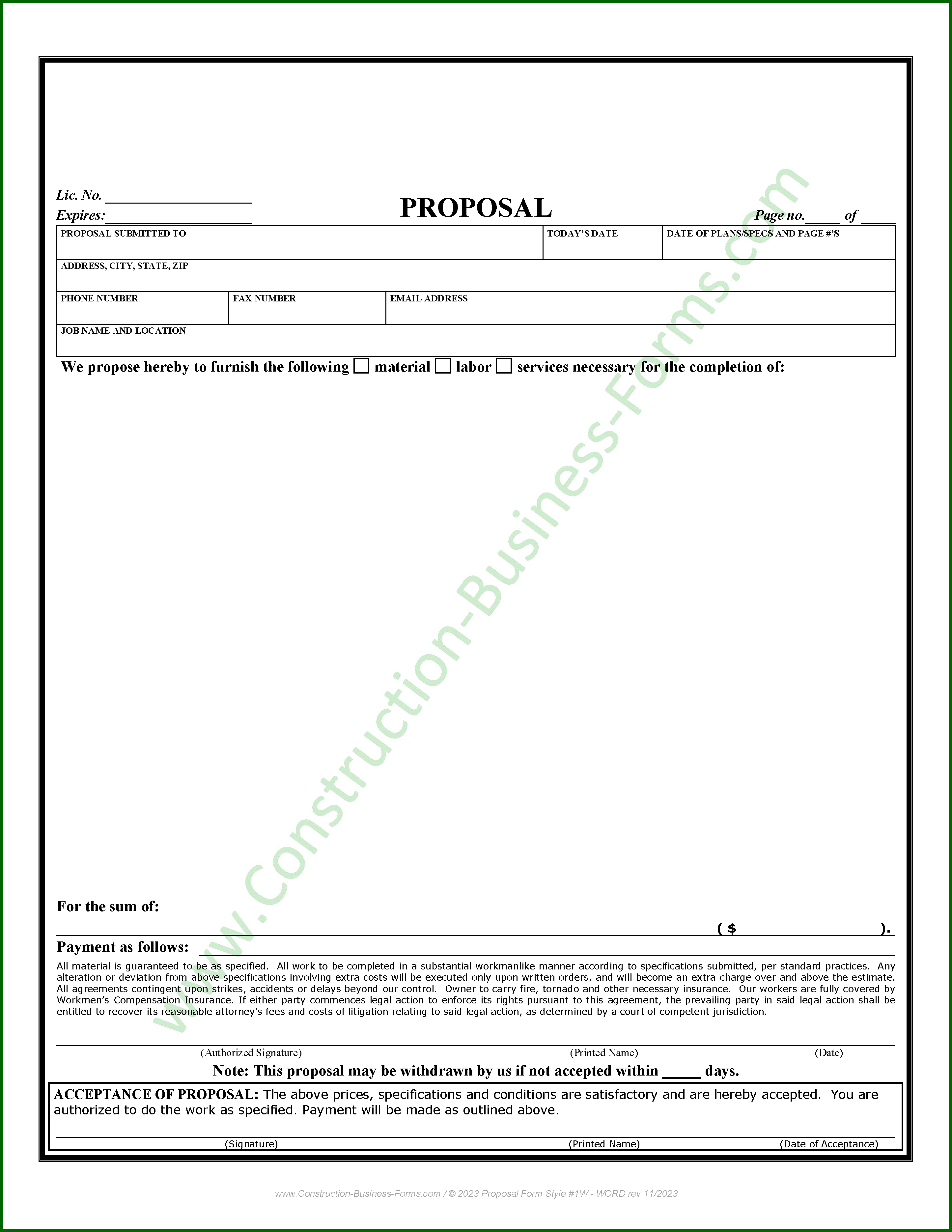
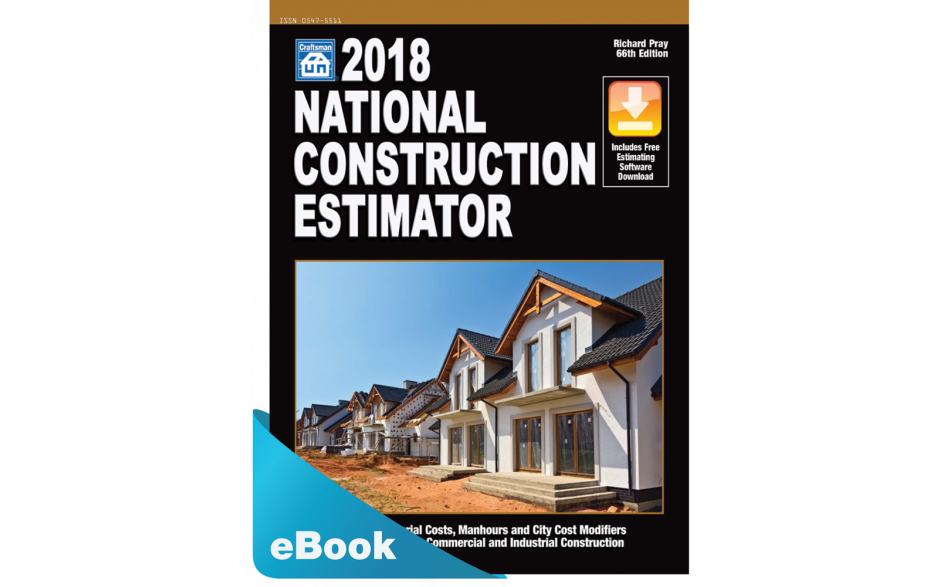
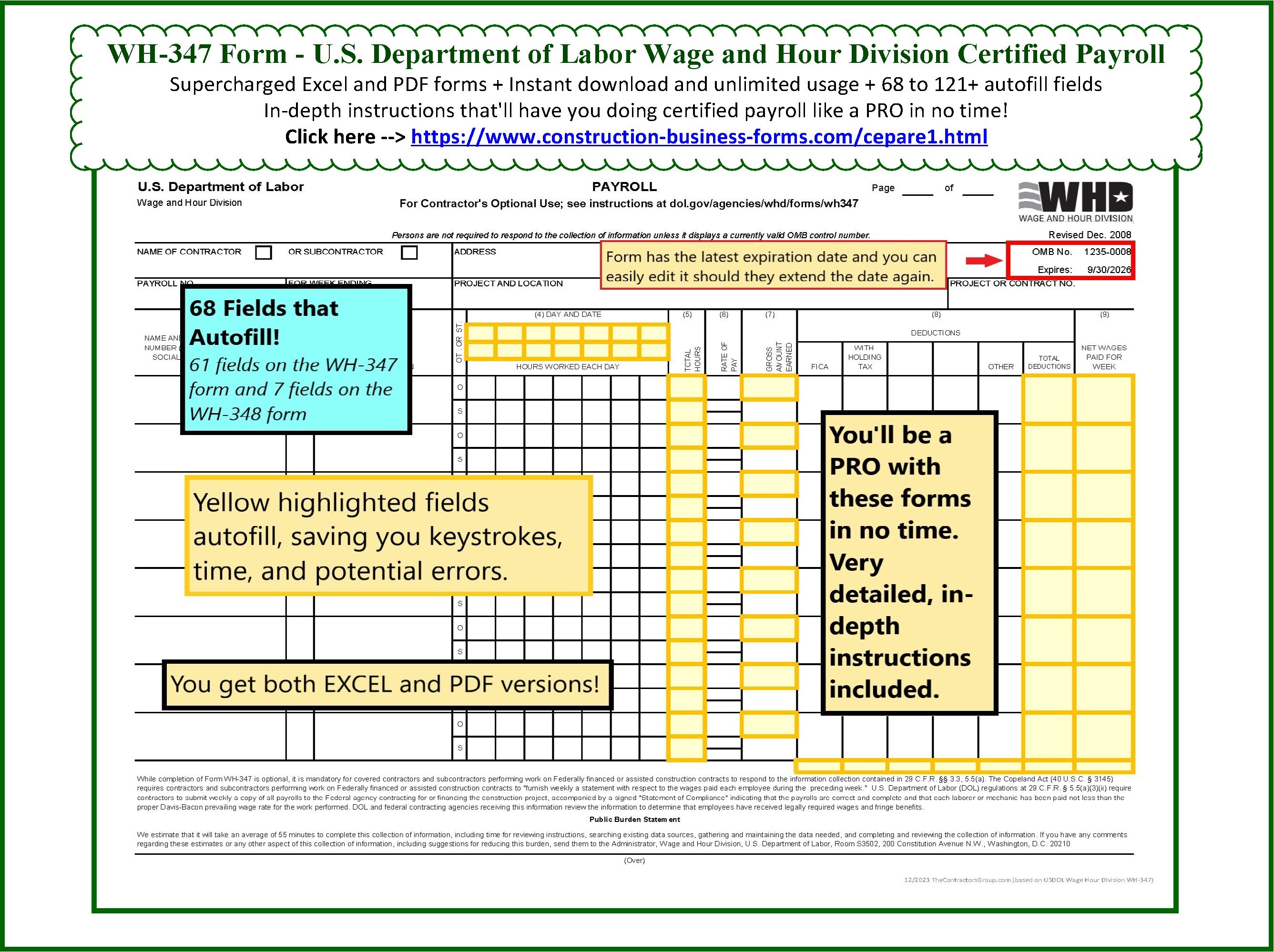
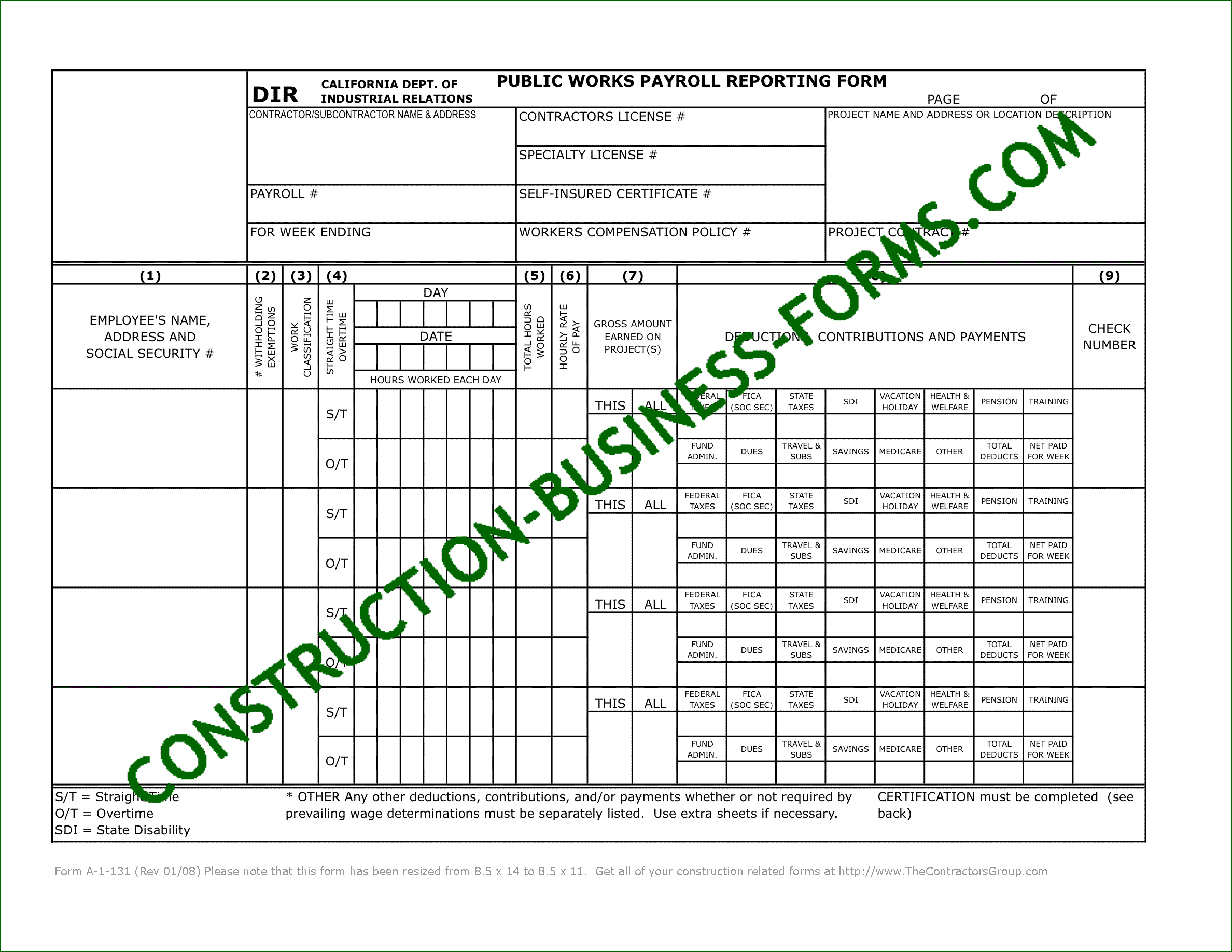
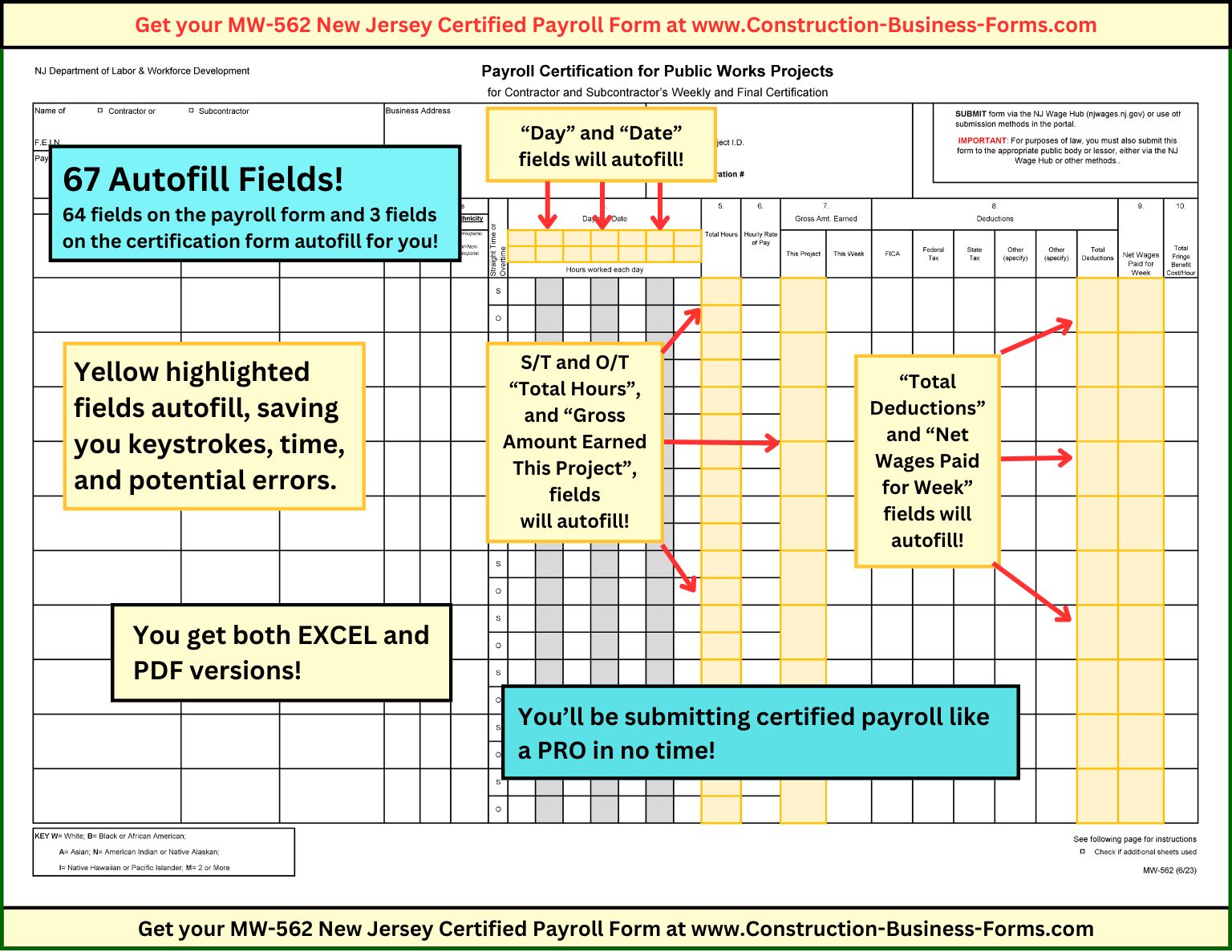
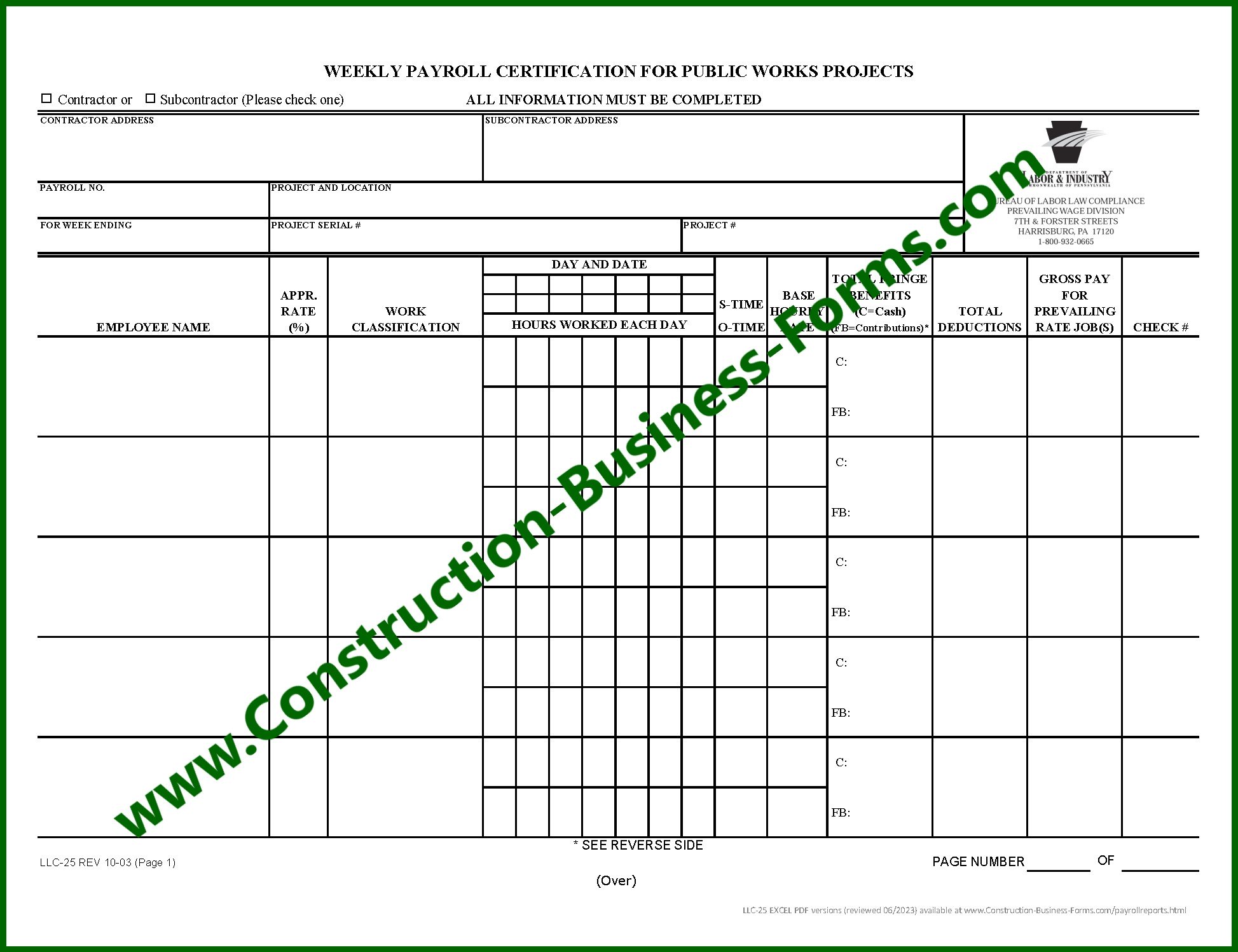
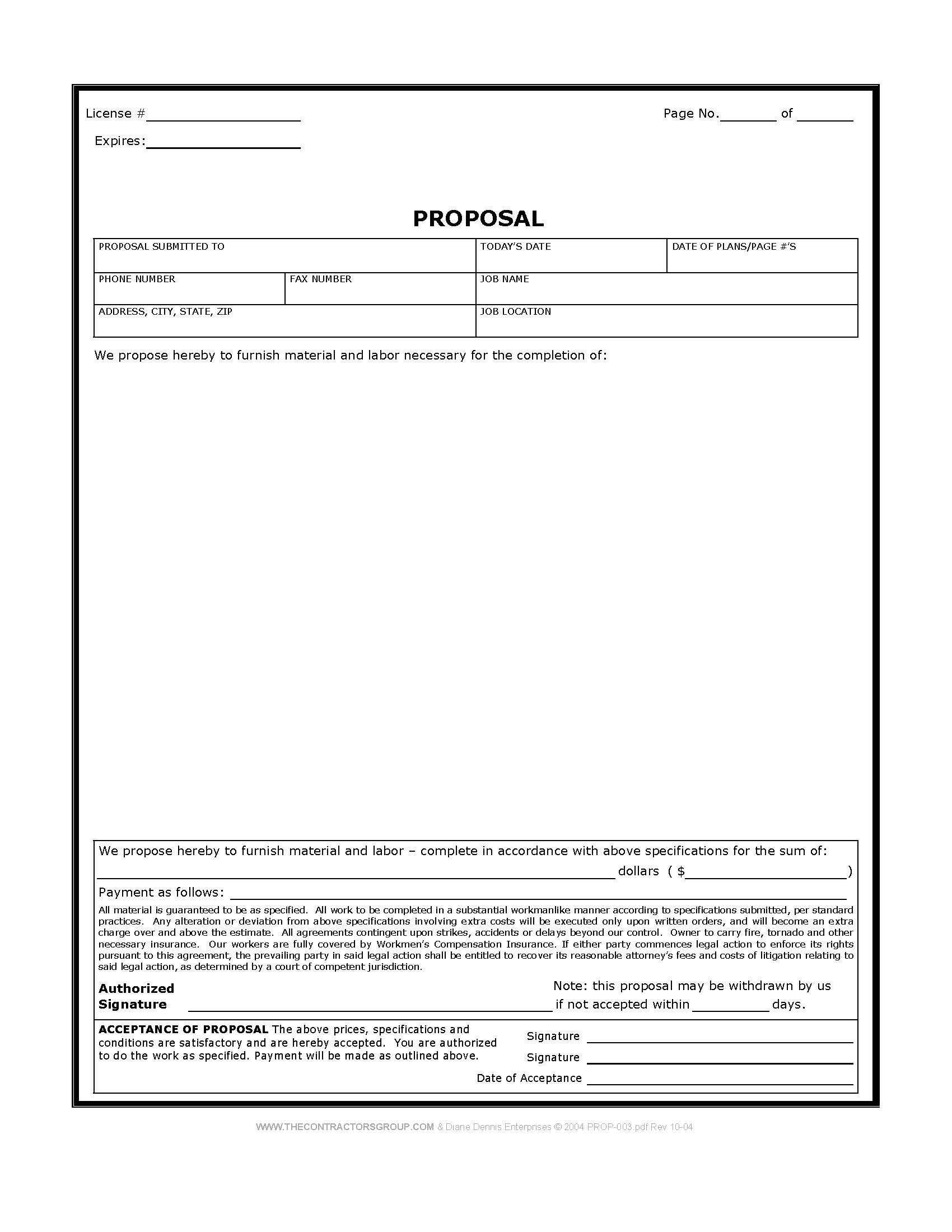
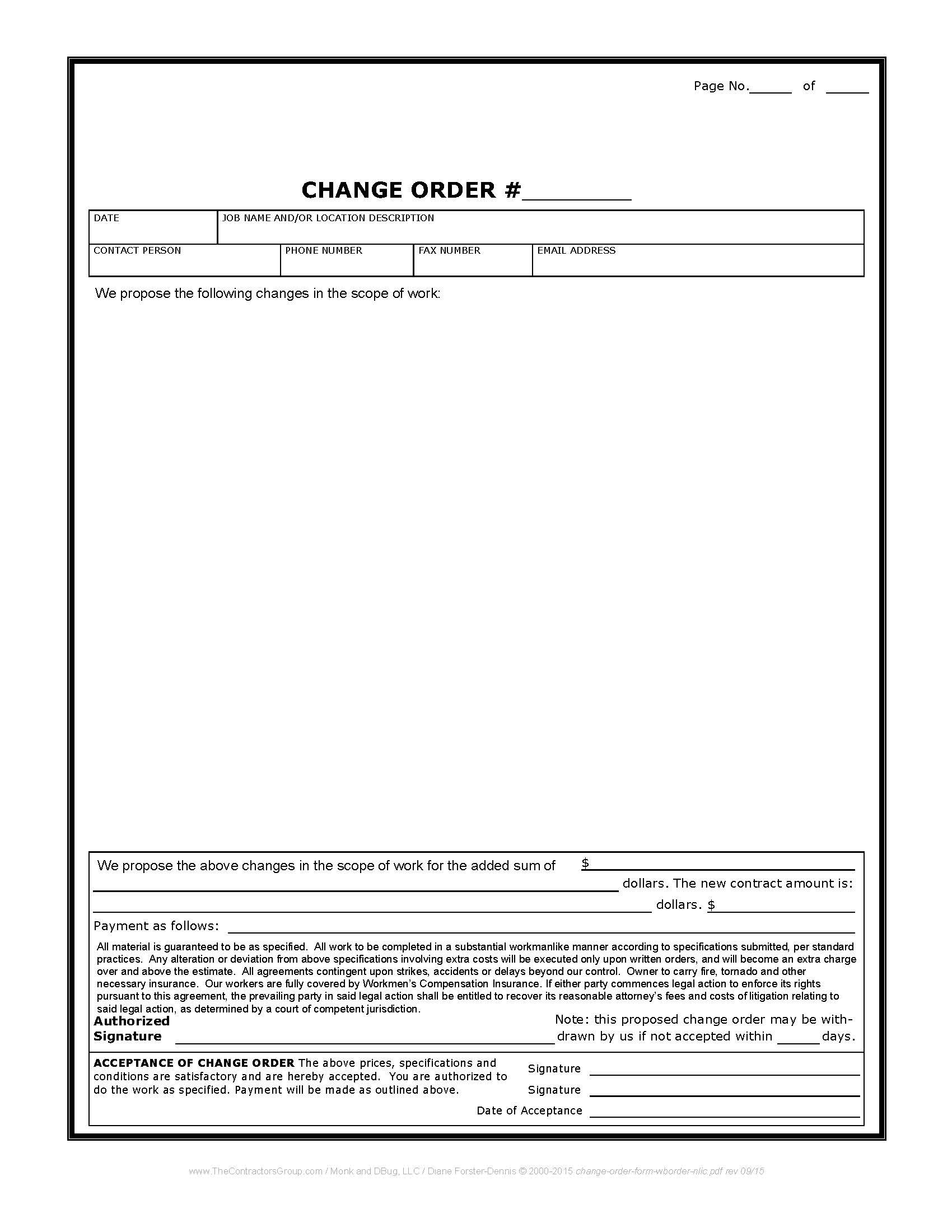
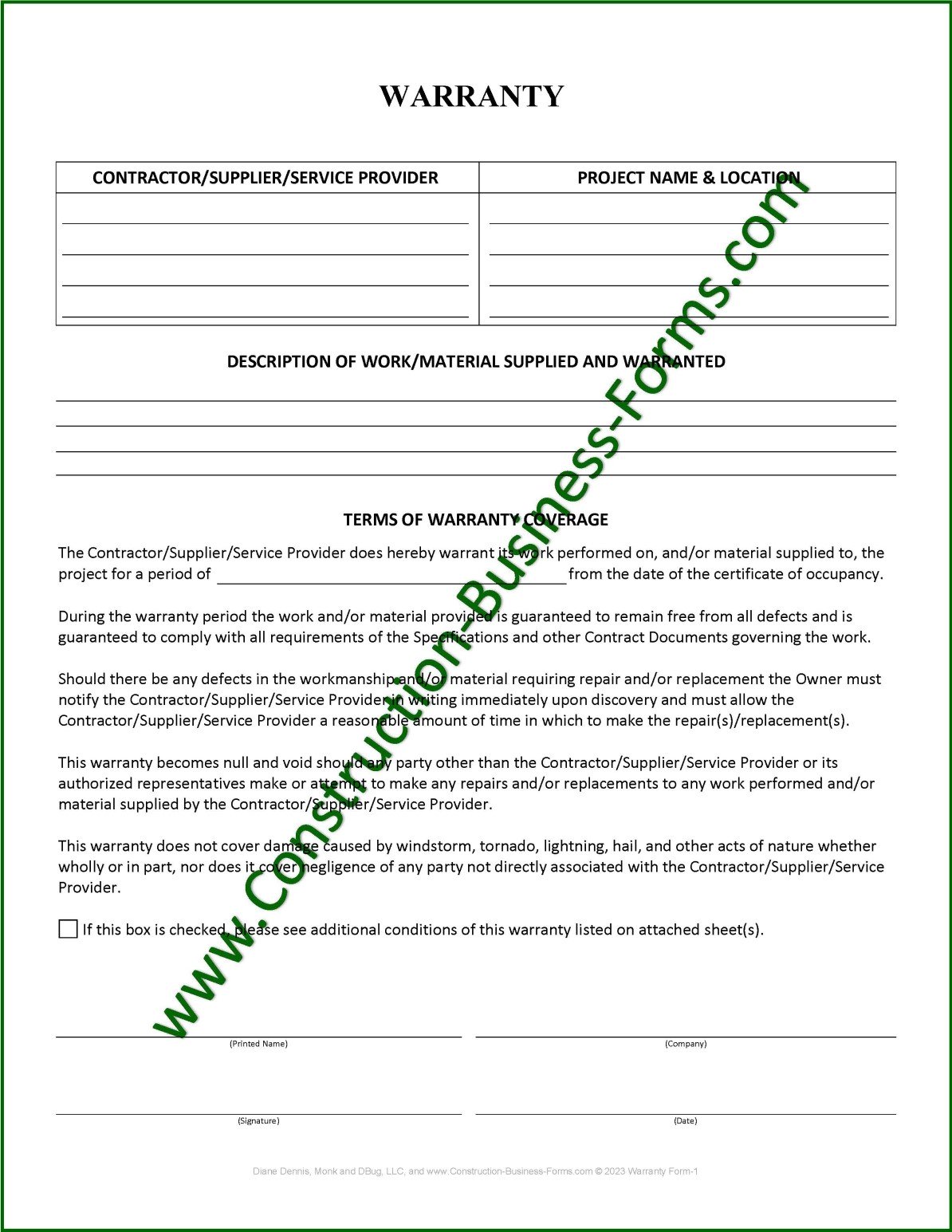
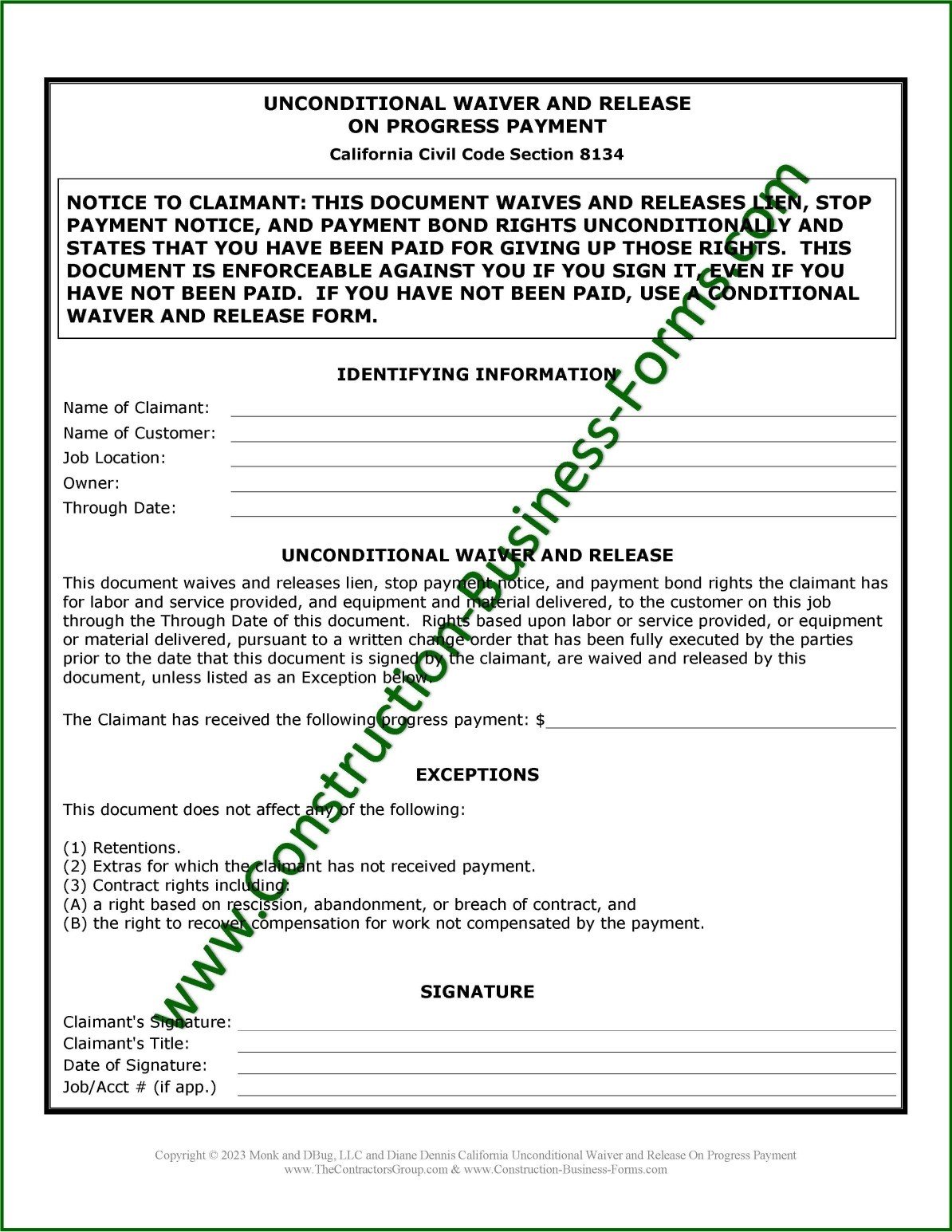
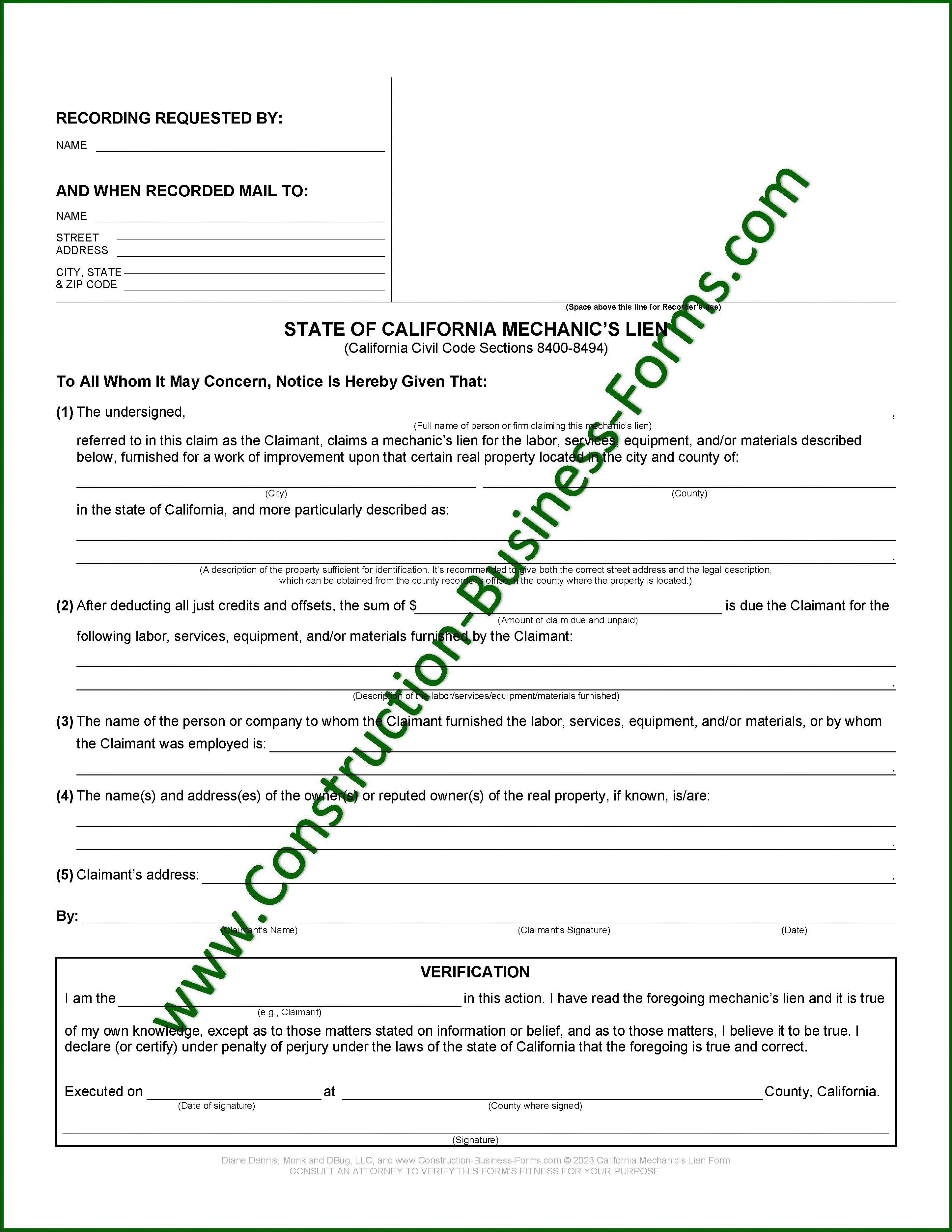
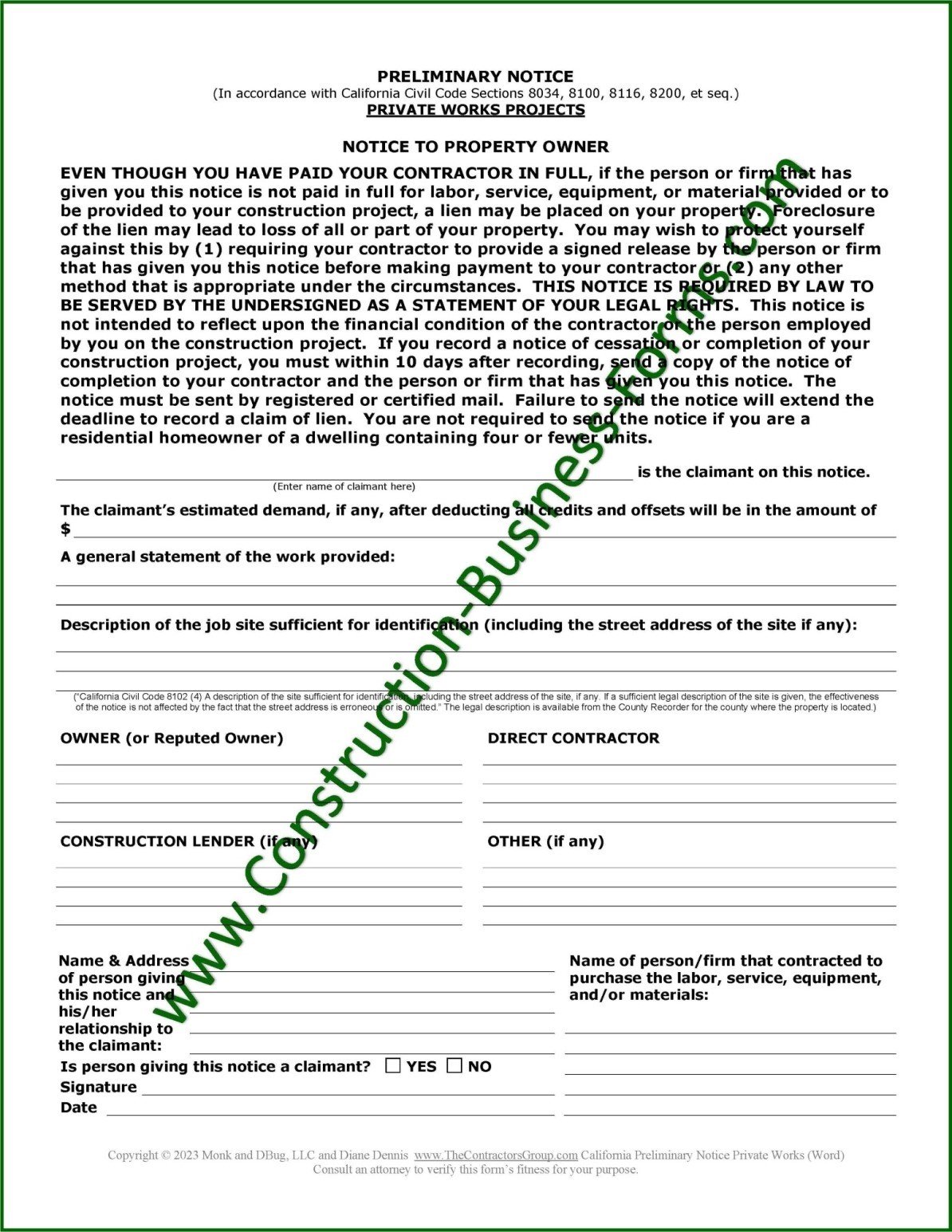


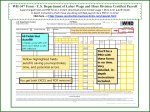
New! Comments
Please leave me your comments below. Facebook doesn't notify me of comments but I'm tickled when I come across them and I always respond when I see them.